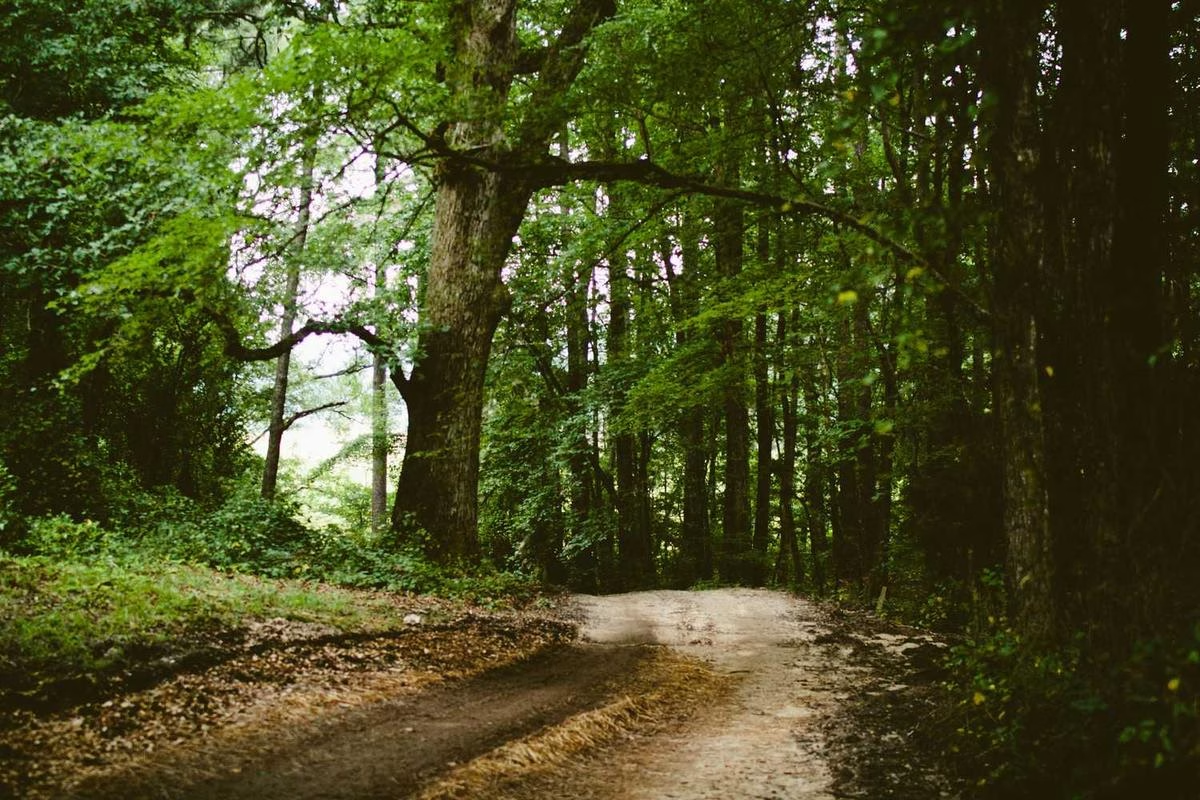Background
The Mid-Autumn Festival, known as Zhongqiu Jie in Mandarin, is one of the most cherished and widely celebrated holidays across East and Southeast Asia. Falling on the 15th day of the eighth lunar month, when the moon is at its fullest and brightest, this festival embodies a rich tapestry of cultural, historical, and social meanings that have endured for millennia. At its heart, the Mid-Autumn Festival is a time for family reunions, expressions of gratitude, and reflections on the beauty and transience of life, all under the luminous gaze of the harvest moon.

Why It Matters
Rooted in ancient agricultural societies, the festival originally served as a thanksgiving ceremony for the bountiful harvest. Farmers, having toiled through the spring and summer, would gather to celebrate their hard-earned yields and offer sacrifices to the moon deity as a token of appreciation. This agrarian origin is still palpable today, with many traditional foods like mooncakes—dense pastries filled with sweet or savory ingredients—symbolizing the fullness and prosperity of the harvest. The round shape of both mooncakes and the moon itself reinforces themes of completeness and unity, central to the festival’s ethos.
Beyond its agricultural roots, the Mid-Autumn Festival is steeped in mythology and folklore, most notably the legend of Chang’e, the Moon Goddess. According to the tale, Chang’e consumed an elixir of immortality and ascended to the moon, where she resides with a jade rabbit. This story, often recounted during the festival, adds a layer of poetic melancholy and wonder, reminding celebrants of the enduring human quest for beauty, eternity, and connection. Children and adults alike delight in lantern processions, where intricate, glowing lanterns are carried aloft, symbolizing the guiding light of the moon and the hope it inspires.
Family reunion is perhaps the most profound aspect of the Mid-Autumn Festival. In modern times, when geographic dispersion often separates loved ones, the festival acts as a powerful catalyst for gathering. People travel great distances to share a meal, exchange mooncakes, and simply be together under the same moon. This emphasis on familial bonds speaks to deeper cultural values of filial piety and collective harmony, which are cornerstone principles in many Asian societies. The act of sharing mooncakes—often gifted in elaborate boxes—becomes a ritual of reciprocity and affection, strengthening social ties.
According to a recent study published in the Journal of Cultural Psychology (Li & Wang, 2022), participation in traditional festivals like the Mid-Autumn Festival significantly enhances psychological well-being and social cohesion. The research, which surveyed over 1,200 participants across China, found that those who engaged in festival rituals reported higher levels of life satisfaction and stronger feelings of community belonging. The study suggests that such celebrations provide a vital counterbalance to the isolating effects of urbanization and digitalization, offering meaningful opportunities for offline connection and cultural continuity.
The festival also serves as a living repository of intangible cultural heritage. From the intricate molds used to shape mooncakes to the folk songs sung during lantern walks, each element is a thread in the broader fabric of cultural identity. In an era of globalization, the Mid-Autumn Festival offers a resilient anchor for cultural preservation, allowing younger generations to engage with traditions that might otherwise fade. Schools and communities often organize events where children learn to make lanterns or listen to stories about Chang’e, ensuring that these customs are passed down with vitality and relevance.
Moreover, the Mid-Autumn Festival has evolved to embrace contemporary themes while retaining its core values. Environmental consciousness, for instance, has prompted innovations like eco-friendly lanterns and packaging-free mooncake exchanges. Similarly, the festival has become a platform for artistic expression, with mooncake designs now reflecting modern aesthetics and even social messages. This adaptability demonstrates the festival’s dynamic nature—it is not a static relic but a living tradition that grows and responds to the times.
In essence, the Mid-Autumn Festival is a multifaceted celebration that harmonizes the past with the present, the individual with the collective, and the earthly with the celestial. It reminds us of the simple yet profound joys of togetherness, the importance of gratitude, and the enduring power of cultural stories to shape our lives. As the full moon rises each year, it casts a light that transcends borders and generations, inviting all to pause, reflect, and cherish the connections that make us human.
You May Also Like
Ancient Craftsmanship & ICH Herbal Beads Bracelet with Yellow Citrine & Silver Filigree Cloud-Patterned Luck-Boosting Beads
Original price was: $128.00.$89.00Current price is: $89.00. Add to cart- handmade-tote-ethnic-boho-large-capacity-shoulder-bag/" class="woocommerce-LoopProduct-link woocommerce-loop-product__link">Add to cart


Guangxi Zhuang Brocade Handmade Tote – Ethnic Boho Large-Capacity Shoulder Bag
Original price was: $172.00.$150.00Current price is: $150.00. Add to cart Handwoven Zhuang Brocade Tote Bag – Large-Capacity Boho Shoulder Bag
Original price was: $178.00.$154.00Current price is: $154.00. Add to cartThe Palace Museum Paper-Cut Light Art Fridge Magnets: Chinese Cultural Style Creative Gift Series
Price range: $27.00 through $36.00 Select options This product has multiple variants. The options may be chosen on the product page






